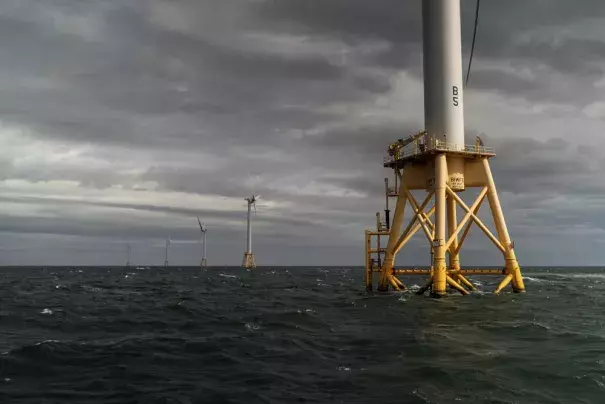Western News Roundup: Offshore Wind, Wildfires, And Western Drinking Water

In California-related news, the federal government announced the first Pacific Ocean offshore wind lease auction and wildfire are overwhelming the state's recent emissions cuts. On Tuesday the Interior Department announced it will auction leases for nearly 583 square miles over the Outer Continental Shelf that will generate an estimated 4.5 GW of electricity, enough to power about 1.5 million homes. The lease sale, the first in the U.S. for commercial-scale floating OSW generation, is consistent with the administration's goals of developing 30 GW of traditional offshore wind by 2030 and another 15 GW of floating OSW capacity by 2035. A new study published in ScienceDirect found carbon emissions from California wildfires in 2020 alone were about double the state's total climate pollution reductions from 2003-2019. A separate study published in Proceedings of the National Academy of Sciences found smoke from wildfires in the American West can make severe storms in the central U.S. worse by increasing the likelihood of heavy precipitation by as much as 38%. Finally, though not located in California, the one-two-three climate punch of the Western megadrought, supercharged wildfires, and heavier, more intense rainfall when it does rain are all combining to threaten drinking water supplies. Las Vegas, New Mexico, The Hill reports, at one point had just 21 days of water left.
(OSW lease sale: AP, E&E $, Axios, The Hill, Politico Pro $, E&E $, Politico Pro $, Reuters, Bloomberg $; Wildfire emissions: E&E $, Axios; Smoke effect on weather: E&E $; Drinking water: The Hill)
(Climate Signals background: 2020 Western wildfire season, Western megadrought, Extreme precipitation increase)
To receive climate stories like this in your inbox daily click here to sign up for the Hot News Newsletter from Climate Nexus:
Related Content



